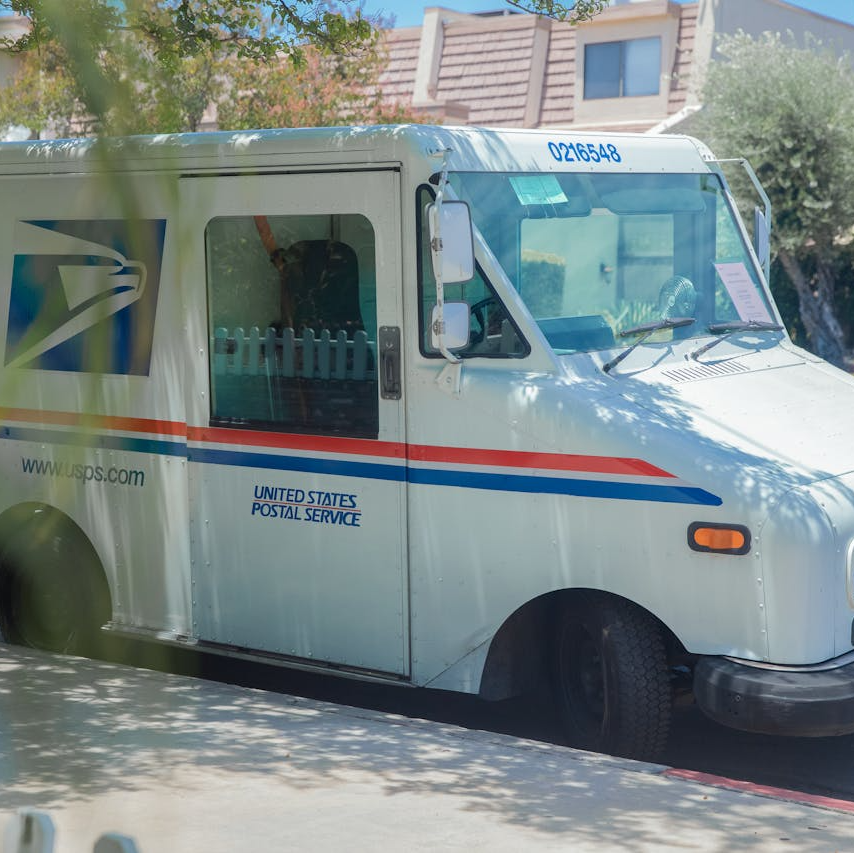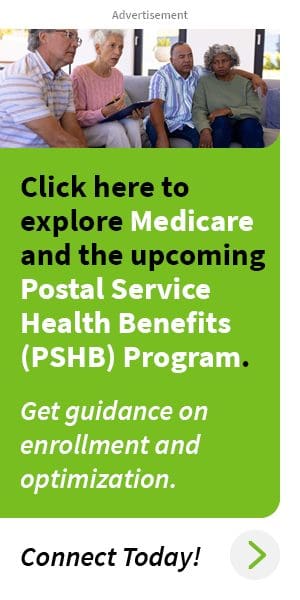Key Takeaways
-
PSHB coverage is specifically tailored for USPS employees, featuring distinct differences from FEHB, including mandatory Medicare integration.
-
Costs, coverage details, and enrollment rules significantly differ between FEHB and PSHB, impacting your healthcare decisions.
PSHB vs. FEHB: What Every USPS Employee Should Know
As a USPS employee or retiree, you’re now navigating the transition from the Federal Employees Health Benefits (FEHB) program to the Postal Service Health Benefits (PSHB) program, effective as of January 1, 2025. Understanding the key differences between these two programs can significantly influence your healthcare decisions and financial planning.
Let’s dive into four crucial distinctions between FEHB and PSHB that could directly affect your coverage and your wallet.
1. Medicare Integration Requirements
One of the most impactful differences between FEHB and PSHB is the integration of Medicare coverage, specifically Medicare Part B. Under FEHB, enrolling in Medicare Part B was optional, giving you the freedom to decide whether or not you wanted to add Medicare coverage. However, this changes dramatically with PSHB.
How PSHB Handles Medicare
Under the new PSHB rules:
-
If you’re a USPS retiree eligible for Medicare, you must enroll in Medicare Part B to maintain your PSHB coverage.
-
Exceptions apply only if you retired on or before January 1, 2025, or were at least 64 years old as of that date.
This mandatory integration aims to reduce overall healthcare costs for USPS employees and retirees, leveraging Medicare to cover significant portions of medical expenses. While it does add the Part B premium to your expenses ($185/month in 2025), it significantly decreases your overall healthcare costs by reducing deductibles and copays within your PSHB plan.
FEHB’s Medicare Flexibility
FEHB never mandated Medicare enrollment, allowing retirees to make personal decisions based on their financial situations and health needs. This flexibility is now lost for most USPS retirees switching to PSHB.
2. Enrollment and Qualifying Life Events (QLE)
Enrollment timelines and rules surrounding Qualifying Life Events (QLEs) also differ between FEHB and PSHB.
PSHB Enrollment Periods
PSHB has a specific Open Season, which for 2025 coverage was from November 11 to December 13, 2024. If you missed this window, you can only enroll or make changes during certain QLEs, such as:
-
Marriage or divorce
-
Birth or adoption of a child
-
Loss or gain of coverage from a spouse’s employment
These changes must typically be made within 60 days of the qualifying event.
FEHB’s More Flexible Rules
FEHB provided similar QLEs but typically allowed slightly more flexibility, including certain additional life events or broader timeframes to make changes. While PSHB maintains some of these allowances, it enforces stricter adherence to timelines.
3. Cost Structure and Premiums
The structure of premiums, deductibles, copays, and coinsurance in PSHB differs noticeably from FEHB, influencing your financial planning.
PSHB’s Cost Breakdown
PSHB generally provides plans designed specifically with USPS employees’ healthcare utilization patterns in mind. Typical cost structures under PSHB for 2025 include:
-
Deductibles: Ranging from $350 to $1,500 for Self Only plans and up to $3,000 for family coverage.
-
Copayments: Around $20–$40 for primary care visits, $30–$60 for specialist visits, and $100–$150 for emergency room visits.
-
Coinsurance: Commonly set at 10–30% for in-network services, significantly higher at 40–50% for out-of-network services.
FEHB’s Traditional Structure
In contrast, FEHB had historically broader variability in premium costs and out-of-pocket expenses across many different federal employee groups. While FEHB premiums increased significantly in 2025 (average increase of 13.5%), PSHB aims to stabilize costs by aligning closely with USPS-specific healthcare needs, potentially offering better value to USPS employees.
4. Prescription Drug Coverage
A significant change in prescription drug coverage is another noteworthy distinction between FEHB and PSHB.
PSHB and Medicare Part D Integration
For USPS retirees enrolled in Medicare, PSHB incorporates a Medicare Part D Employer Group Waiver Plan (EGWP). This automatically aligns your prescription drug coverage with Medicare standards, offering considerable savings, especially for high-cost medications. For instance, under PSHB:
-
A $2,000 annual cap applies to out-of-pocket prescription drug expenses for Medicare-eligible participants.
-
Prescription drug copayments and coinsurance rates are reduced significantly once enrolled in the integrated Medicare Part D coverage.
FEHB’s Standalone Prescription Coverage
FEHB did not mandate Medicare Part D integration, offering standalone drug benefits typically structured without the standardized Medicare Part D framework. Thus, prescription costs under FEHB varied widely, often resulting in higher out-of-pocket drug expenses.
Maximizing Your Benefits Under PSHB
Transitioning to PSHB can feel overwhelming, but understanding these key differences puts you in control. Here are a few quick tips to ensure a smooth transition:
-
Review your healthcare usage carefully and select a PSHB plan tailored specifically to your medical needs.
-
Ensure timely Medicare enrollment to avoid coverage lapses or penalties.
-
Monitor your Annual Notice of Change (ANOC) closely to keep track of modifications in premiums and coverage details each year.
Staying Ahead: Critical Deadlines for 2025
Keep these timelines handy to ensure you make the right moves at the right times:
-
Open Season: November 11 to December 13 annually.
-
Medicare Enrollment: Initial Enrollment Period around your 65th birthday (3 months before and after).
-
Qualifying Life Events: Must act within 60 days of the event.
Ready for Expert Guidance?
Navigating the nuances between FEHB and PSHB can be challenging. To ensure you’re choosing the best coverage for your situation, connect with a licensed agent listed on this website. Their expert insights can provide personalized advice tailored specifically to your needs.
Making the Most of Your Postal Service Health Benefits
As USPS employees and retirees adapt to PSHB, understanding these key distinctions equips you to make informed healthcare decisions. Don’t hesitate to seek professional guidance and utilize all available resources. A thoughtful choice today ensures comprehensive, cost-effective health coverage well into your retirement years.











